Your cart is currently empty!
Tag: bumblebees
-
Buzz Is in the Air
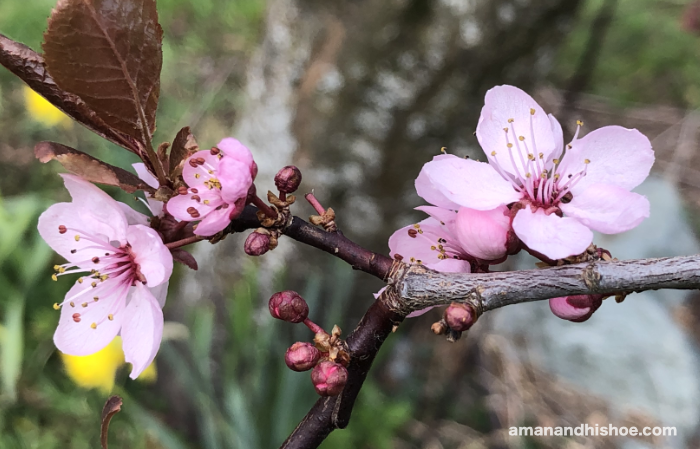
At long last, the plum blossoms are open. The cold February and early March put a damper on spring, but no more.
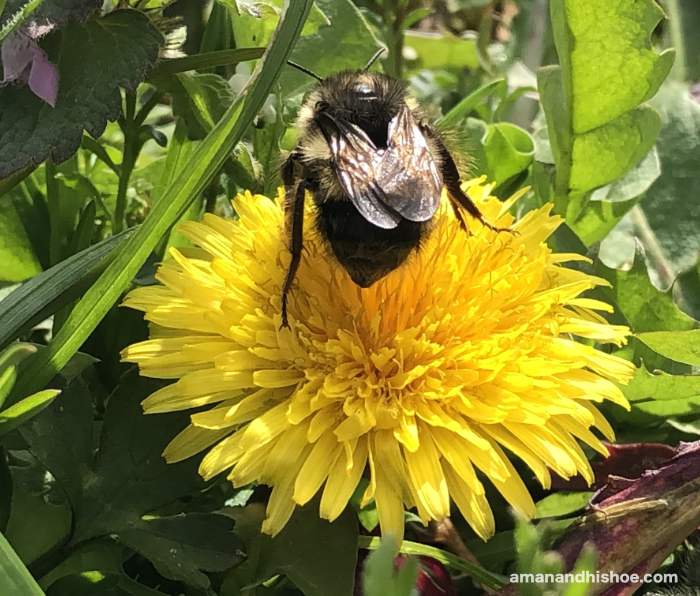
In the garden the bees are awake, digging out of their dens, and buzzing about. If they couldn’t find something to eat, they’d go elsewhere, which is why it’s a good thing to have a variety of early blooming flowers. Dandelions are hardly a weed. Their puffy yellow flowers satisfy the hunger of many a wild bee.
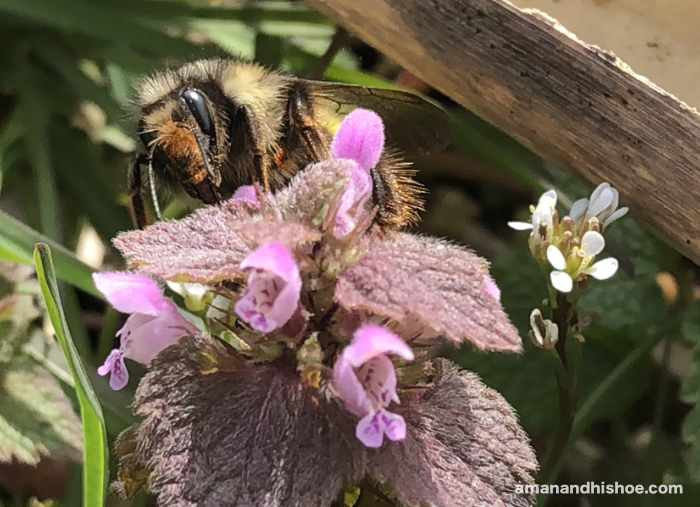
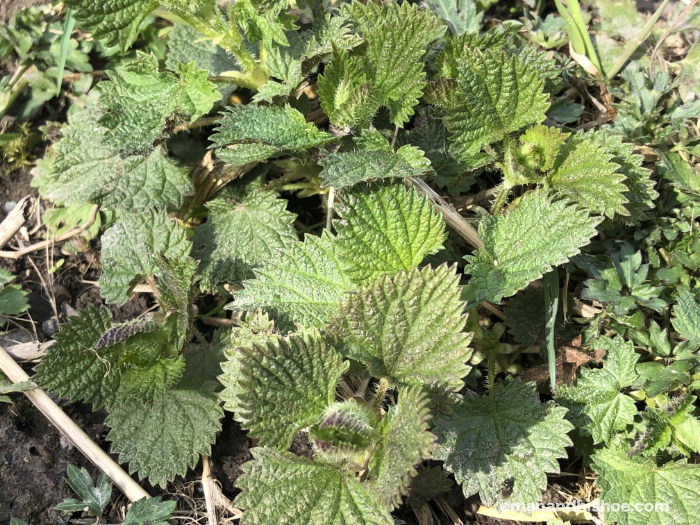
The amazing stinging nettles, Urtica dioica (worth reading about), are pushing up too. A bowl of stinging nettle tips stirred into beaten eggs make a great omelette. It takes but a few minutes of cooking to vanquish their sting. Stinging nettles are so nutritious the industrialists have banned them from supermarkets, not true really, but it does make you wonder why there aren’t heaps of stinging nettles in the grocery aisles.



These are what non-industrial eggs look like. The variety of hues and sizes is endless. I was wondering why the industrialists love to make everything look the same, and then I realized that if every carton of eggs you saw in a store was different, it would take forever for customers to decide which carton of eggs to put in their shopping cart. Drag a few little kids with you to the store, and little Annie would be clamoring for the carton with more blue eggs in it while little Ken would be demanding the carton with the darkest eggs. Parents would hate to take their kids into the egg section of a store. Sales of eggs would drop because shoppers couldn’t make up their minds as to which eggs to buy. Have all the eggs look the same and get on with it, convince shoppers that all eggs are the same, speed the masses along, that’s the plot of the industrialists.
-
Bumblebees Love Blue
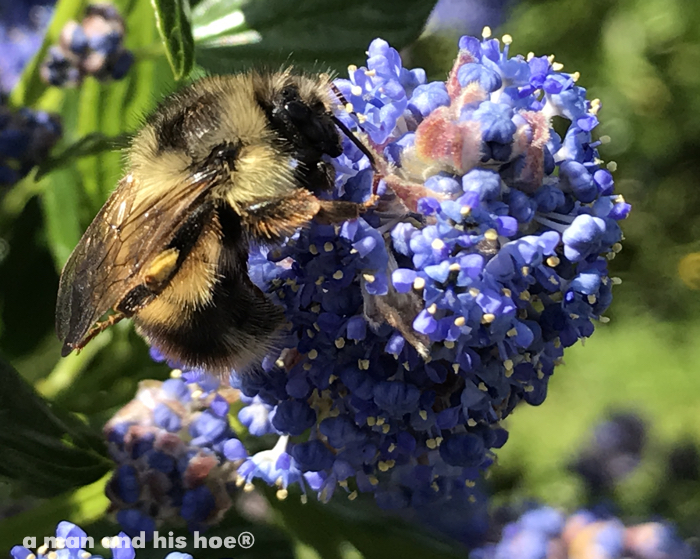
The ceanothus is in full bloom and is swarming with all kinds of bees, including bumblebees. There is so much pollen to collect, the bumblebee legs fly wedging pollen into their hairy legs, and cleaning their big eyes. As hard as bumblebees work, they must look forward to a good night’s sleep in their cozy nests. -
Bumblebee

Here is one of the many bumblebees which buzz about at a man and his hoe®. Without them, there would be far fewer things to eat around here. Sadly, many bumblebees are in trouble. One of them, the Western Bumblebee, has been in decline. It used to be common in this area but began declining in the 1990s and was thought to have disappeared from the Puget Sound lowlands.
Recent sightings have confirmed colonies near Everett, Lynnwood, Tacoma and on the Olympic Peninsula. Will Peterman, writer, photographer, software engineer, and native bee nerd, came across a Western Bumblebee in the Seattle area and is now on a study to collect samples from local populations in California, Oregon, Washington, Idaho, Montana, Wyoming, Colorado, New Mexico, and (time, weather, and customs permitting) British Columbia. The goal of the study is to compare the Western Bumblebees they find in areas where they disappeared with those in areas where they remained, to try and understand why they disappeared and what is different with those that are reappearing. The hope is that the answers will help with efforts to reestablish the Western Bumblebee in the Puget Sound lowlands.
The bumblebee I photographed is not a Western Bumblebee. Western Bumblebees have a darker midsection and their tails are white.
Six legged bigfoot, the fall and rise of the Western Bumblebee